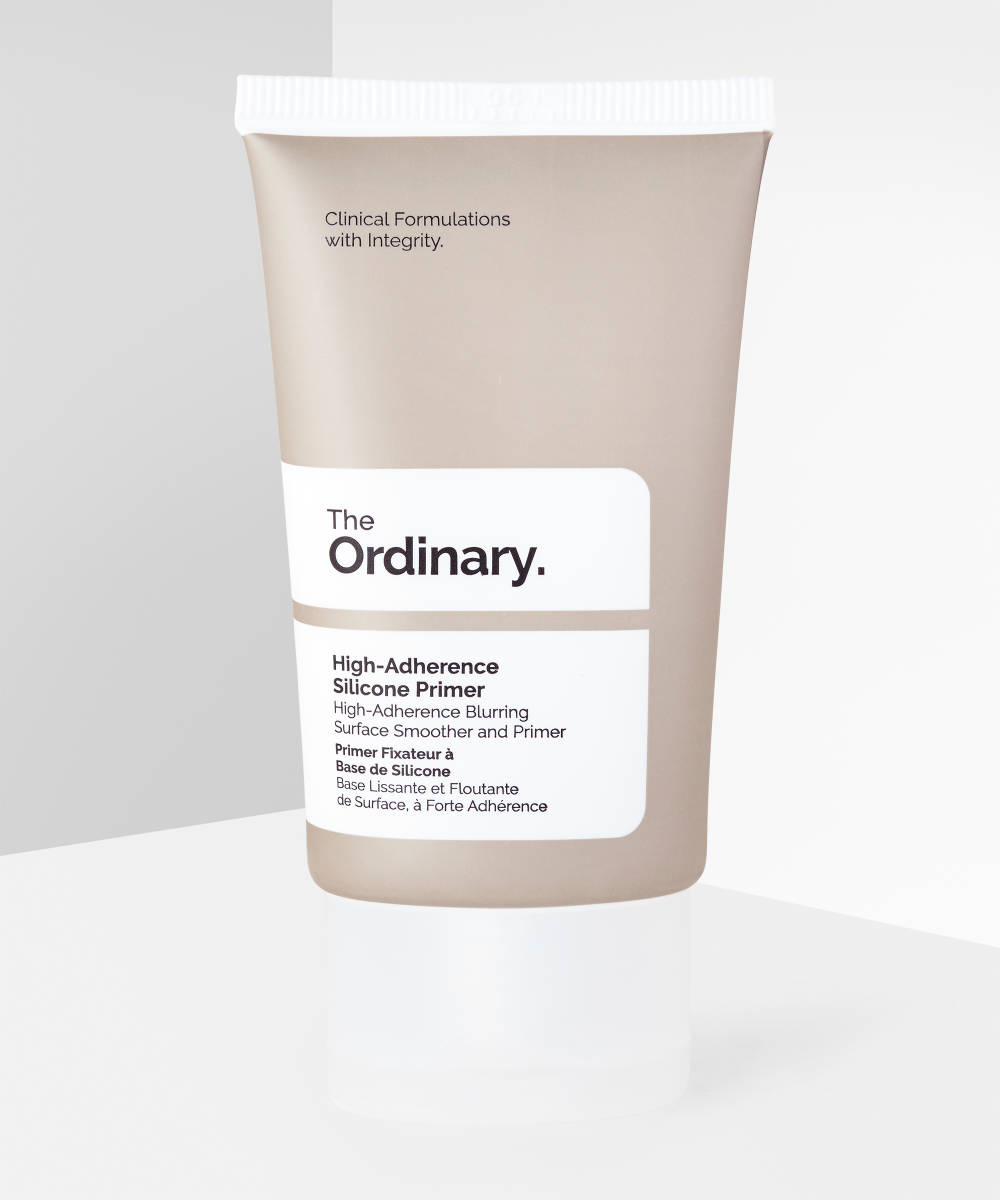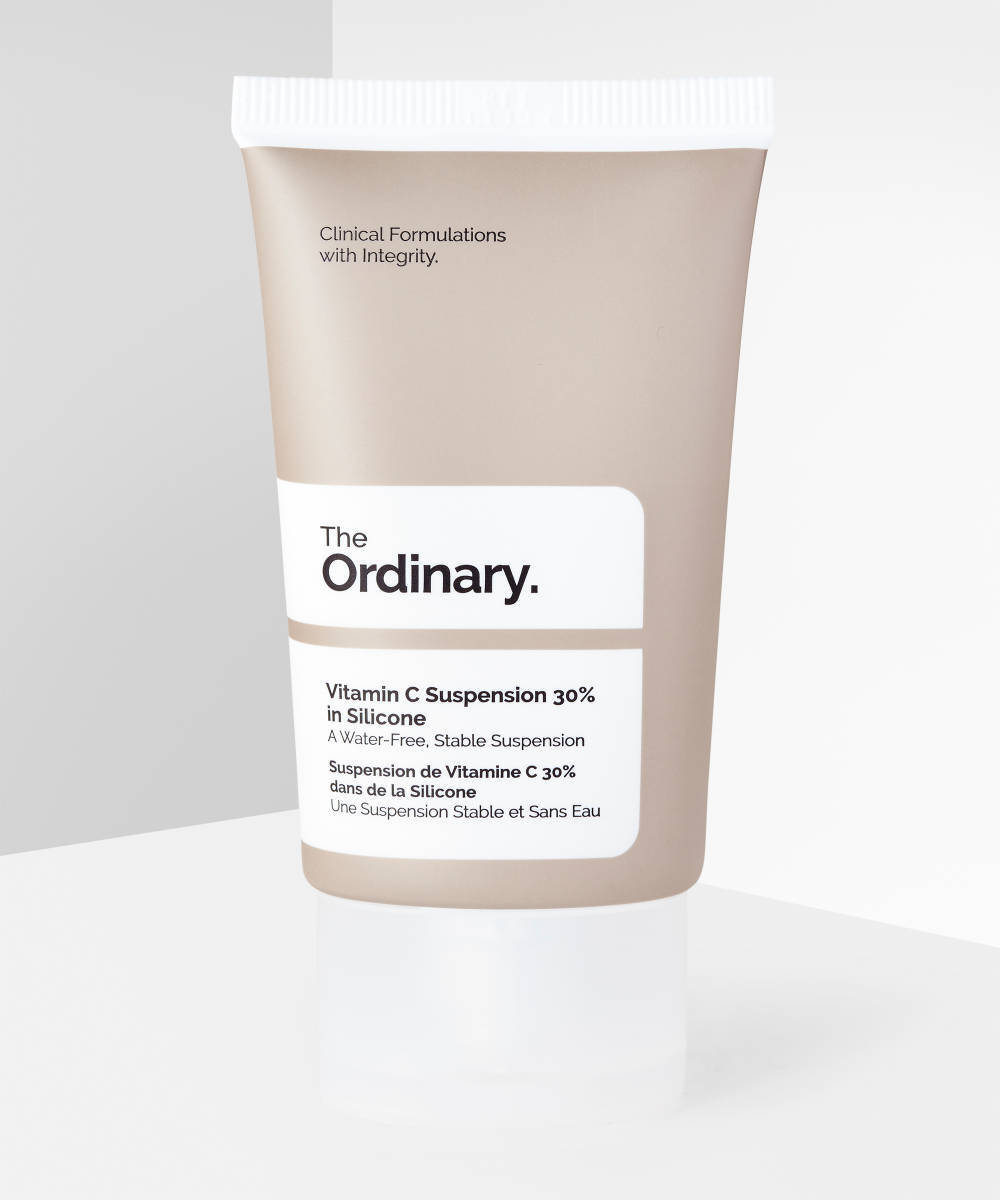Silicone is not only one of the most widely used ingredients in the beauty world, but also one of the most disputed. Thanks to marketing jargon, many people fall for the common skincare myth that silicones are bad for your skin, but ask a professional and they’ll tell you quite the opposite. According to cosmetic chemist Sophie Neild-Crabb, “categorising silicones as ‘pore-clogging’ or ‘suffocating’ to the skin isn’t technically true when considering their chemical properties – their substantive nature means that they just require proper removal”.
After all, if silicones were that bad, would they be used by so many brands and found in so many products? We’ve done the debrief.
What is silicone and why is it used in beauty products?
Silicone is derived from silica, an ingredient widely used in cosmetic formulas. Silicones feel like silk on the skin, so they are often used to give beauty products a soft, smooth finish. They fill the cracks and crevices of skin, making skin look and feel smoother (so makeup applies better) and are commonly found in primers for this reason. They also have a number of benefits for skin, ranging from healing damaged skin to preventing moisture loss.
Does silicone clog pores and cause breakouts?
Many users dislike the texture of silicones, but there’s no research to prove that silicones clog pores and cause breakouts. Silicones are actually classed as non-comedogenic, which is the official, science-based way of saying that they won’t clog pores. The molecules in silicones are actually too big to be absorbed by skin. They’re also porous, which means that other ingredients can filter through them (which is why you often find silicones paired with active ingredients)
Like anything (makeup, SPF, fake tan) if left on skin, silicones could trap dirt, sweat and dead skin cells on skin, so it’s important to remember to cleanse properly (see below).
Does silicone help scars to heal?
Since the molecules in silicones are so big, they form a barrier over skin, which acts as a skin protectant for scar healing and treating dry skin. When used frequently, silicones can make huge improvements to the appearance of scars and damaged skin – they’re often used in burn units for wound healing and scar prevention.
Do silicones help with hydration?
While silicone itself won’t directly improve hydration, it has an indirect effect on improving skin’s moisture levels. Since the molecules form a barrier over skin, they lock in moisture and prevent it from escaping, leading to better hydrated skin. Silicones are often found in anti-acne products that include drying ingredients like benzoyl peroxide and retinol as they can help to offset the drying and flaking that these actives can cause.
How do you remove silicones?
While silicones do form a barrier over skin, this can easily be removed in the same process you would follow to remove makeup or SPF from your skin. Splashing your face with water won’t cut it, but sweeping a cotton pad soaked in micellar water over your skin and then double cleansing with a cream, gel, or balm cleanser (removed with a face cloth) will do the trick.
This silicone-based primer is a winner if you have dry skin and are fed up of your makeup turning patchy. The gel-cream texture spreads smoothly, creating a uniform base that prevents even the flakiest patches from ruining your makeup.
In one of their bestselling vitamin C products, The Ordinary have combined the skin-brightening antioxidant with silicone in order to improve application, prevent the ‘gritty’ feeling that many vitamin C products have, and keep the notoriously unstable ingredient balanced.


